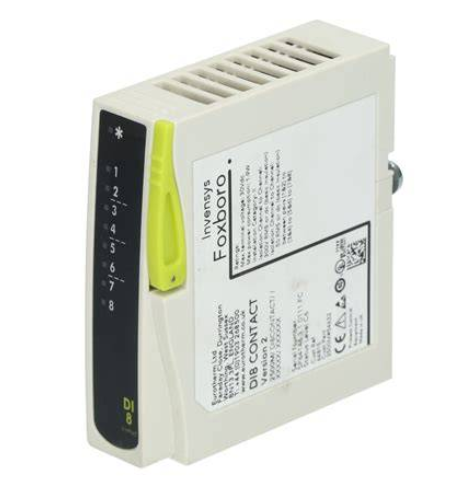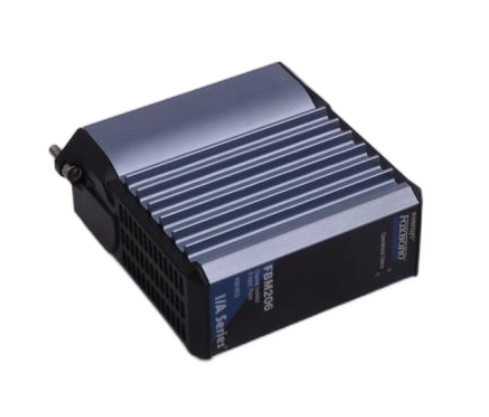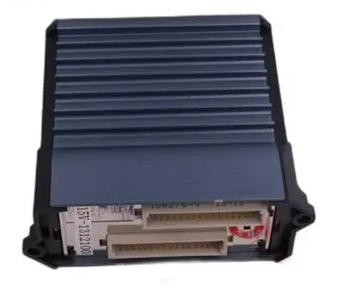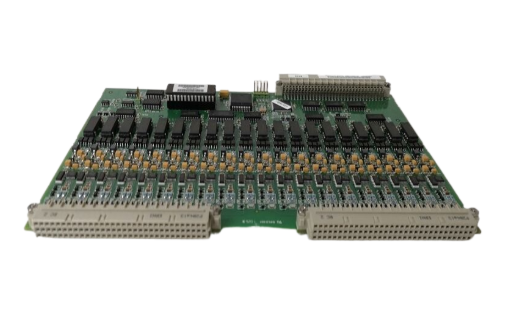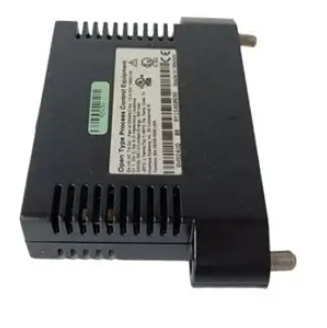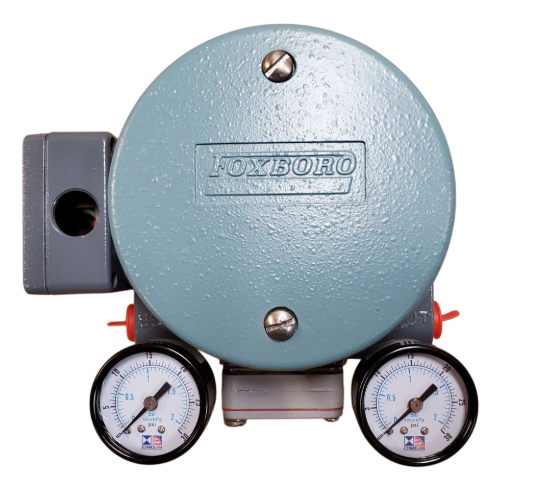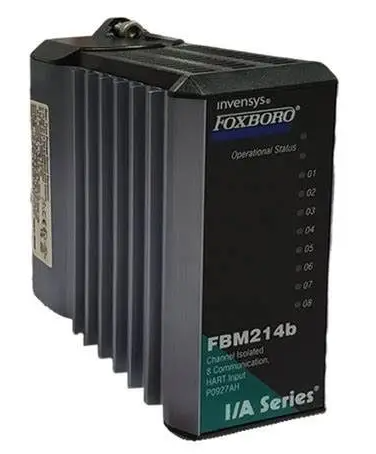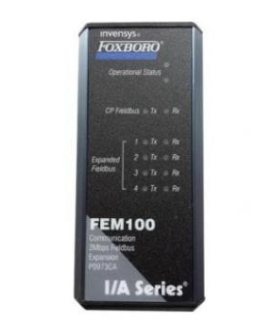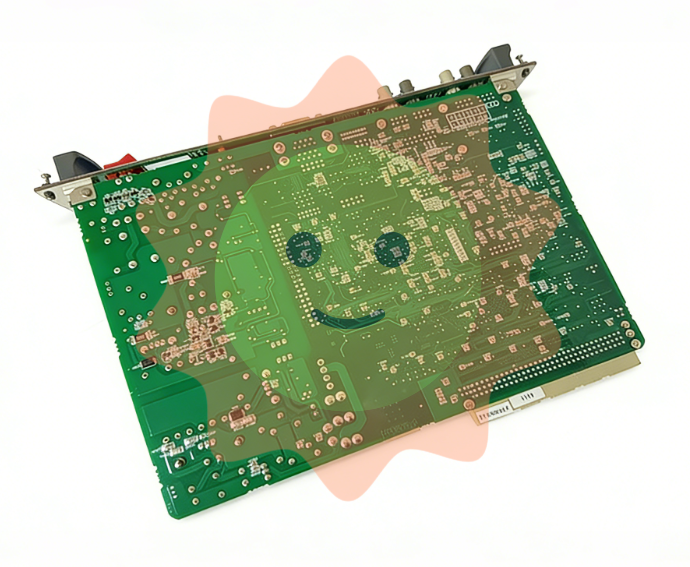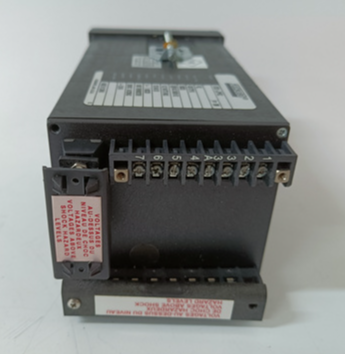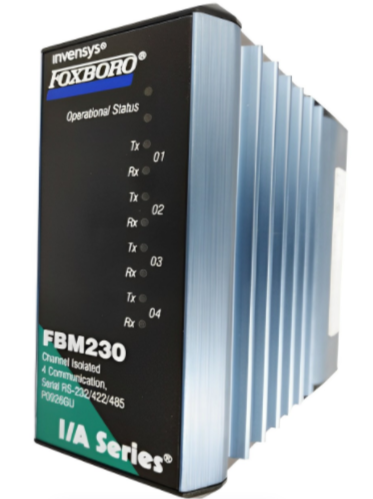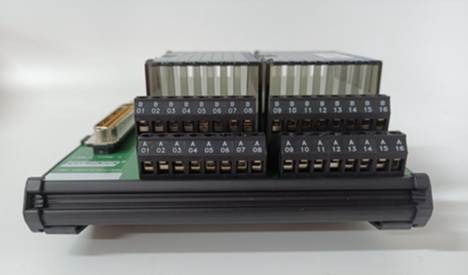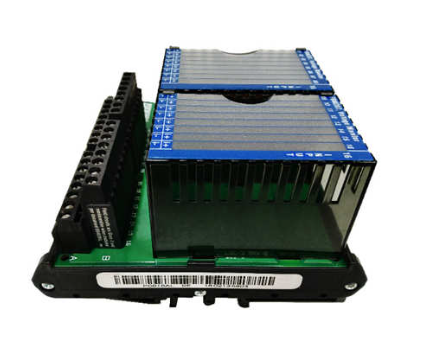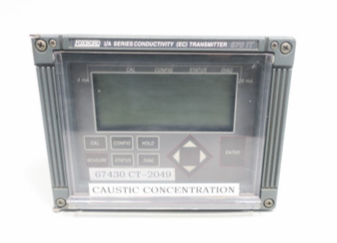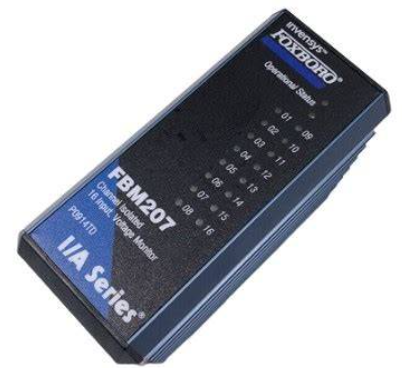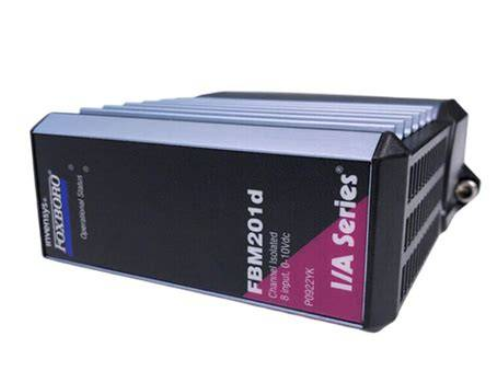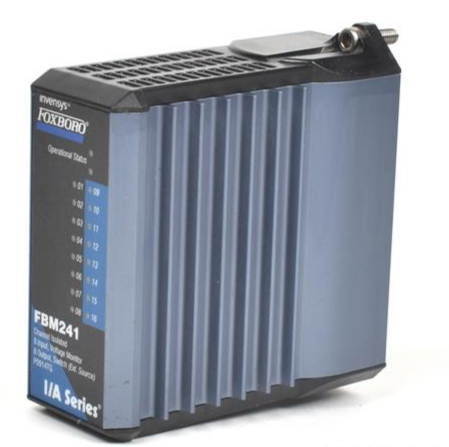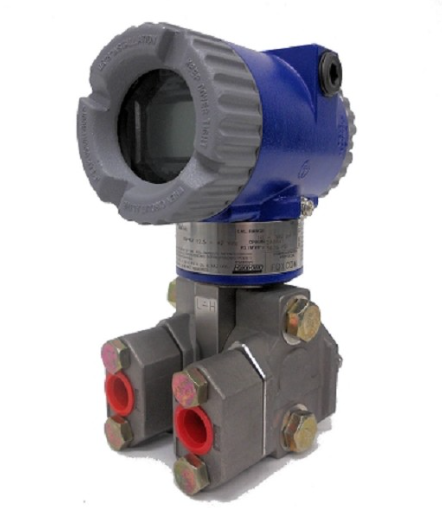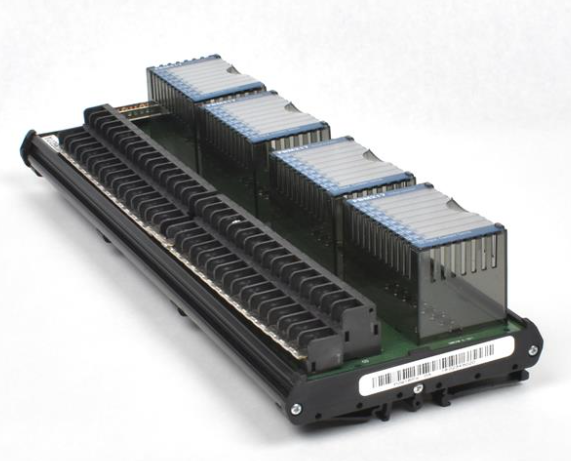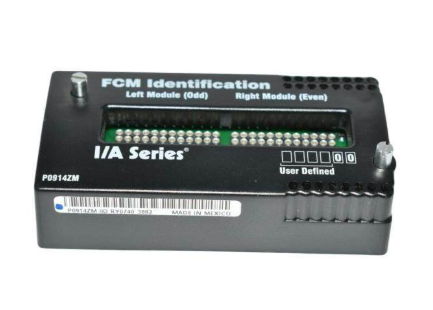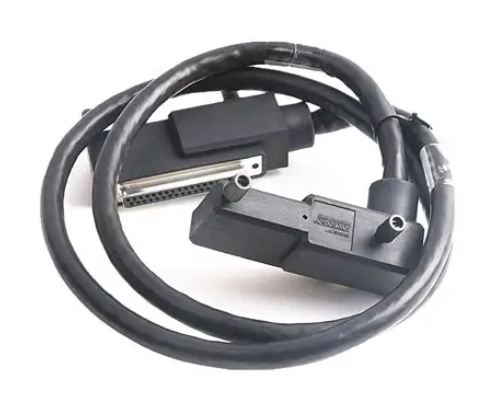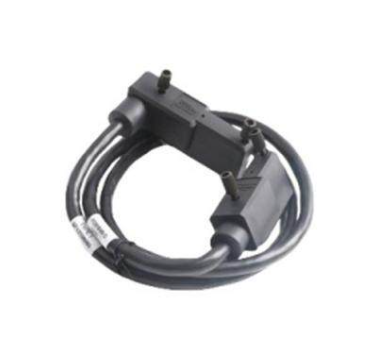YOKOGAWA FA-M3 Series Basic Modules
I/O response and scanning: The sensor control function supports dual scanning (main scan+sub scan), with an I/O response of up to 200 μ s; The constant scanning time can be adjusted from 1ms to 190ms.
Diagnosis and maintenance: Self check memory/CPU/I/O errors, with 64 error log records; Support debugging functions such as forced set/reset and online editing; Circuit annotations and tag names can be stored to improve maintenance efficiency.
(2) Network enhanced exclusive features (F3SP71-4S/F3SP76-7S)
Network Protocol: Supports TCP/IP, UDP/IP socket, FTP client/server, Modbus/TCP slave, advanced link services, and remote programming.
Storage Expansion: Built in 4MB RAM disk, supports SD memory card (maximum 32GB, FAT16/32 format, compatible with PC reading); Support the "virtual directory" function, which can read and write device data or programs through FTP.
Security and Logging: User authentication and permission management to prevent accidental operations; Record all CPU operations in the operation log for easy traceability; Network filters restrict communication access.
Hardware interface: Front mounted MODE rotary switch (for non PC maintenance, such as program loading), SD card slot, MiniB USB port, and 10/100BASE-TX Ethernet port.
4. Indicator lights and fault diagnosis
All CPU modules distinguish fault levels through front LED:
RDY (green): Off indicates hardware failure (such as CPU/memory error, unable to run);
RUN (green): Constant light indicates that the program is running, flashing indicates that it is stopping;
ALM (yellow): Always on indicates minor errors (such as communication abnormalities, the program can continue to run);
ERR (red): Always on indicates a serious error (such as program error, I/O module failure, program cannot run).
The network enhanced version also has SD (storage card status), EXE (intelligent access status), and US1/US2 (user-defined) indicator lights.
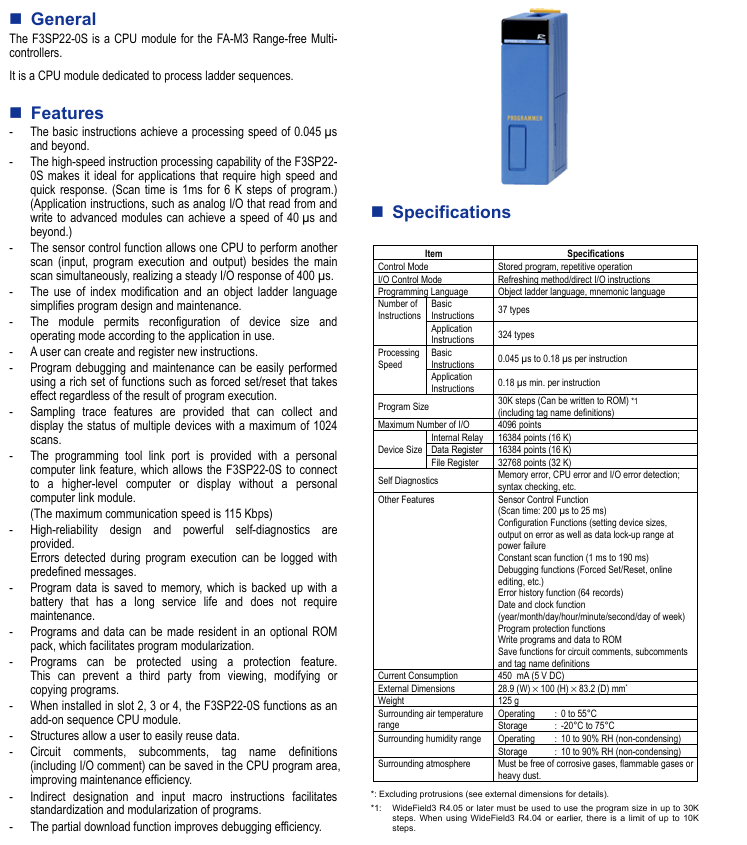
ROM storage modules (ROM packs)
1. Core functions and positioning
Provide program and data storage for F3SP22-0S CPU module (network enhanced CPU uses SD card, incompatible with ROM module), which can store program control information, configuration data, timer/counter preset values, and annotation information.
2. Key specifications
Model compatible CPU, storage capacity (F3SP22-0S), data register storage, size (mm)
RK33-0N F3SP22-0S, 56K steps (actual program limit is 30K steps), 1024 words, 43 × 19 × 17.5
RK73-0N F3SP22-0S, 120K steps (actual program limit is 30K steps), 1024 words, 43 × 19 × 17.5
3. Usage restrictions
Only compatible with F3SP22-0S, not suitable for network CPUs such as F3SP66-4S and F3SP71-4S;
Data needs to be written using the FA-M3 programming tool (WideField3), which supports program solidification to prevent tampering.
Key points for module adaptation and installation
1. Adaptation relationship
Base - Power supply: 4/6 slot base (F3BU04/06) with F3PU10/16 series; 5/9/13/16 slot base (F3BU05/09/13/16) with F3PU20/26/30/36 series.
Base CPU: All bases can be equipped with F3SP22-0S/F3SP71-4S/F3SP76-7S, which can be used as an "additional CPU" when installed in slots 2-4.
CPU - Storage: F3SP22-0S with RK33/73 ROM module; F3SP71/76 with SD card (32GB max).
2. Installation and environmental requirements
Uniform size: All modules have a height of 100mm, with width differentiated by model (such as CPU/small power module 28.9mm, large power module 58mm), and a depth of approximately 83.2mm (excluding protrusions).
Environmental consistency: All modules work at a temperature of 0-55 ℃, store at a temperature of -20-75 ℃, and have a humidity of 10-90% RH (non condensing). They should be kept away from corrosive gases and dust.
Programming tool compatibility: Both require the use of FA-M3 programming tool WideField3 (SF630-MCW R2.01 and above versions) for configuration and debugging.
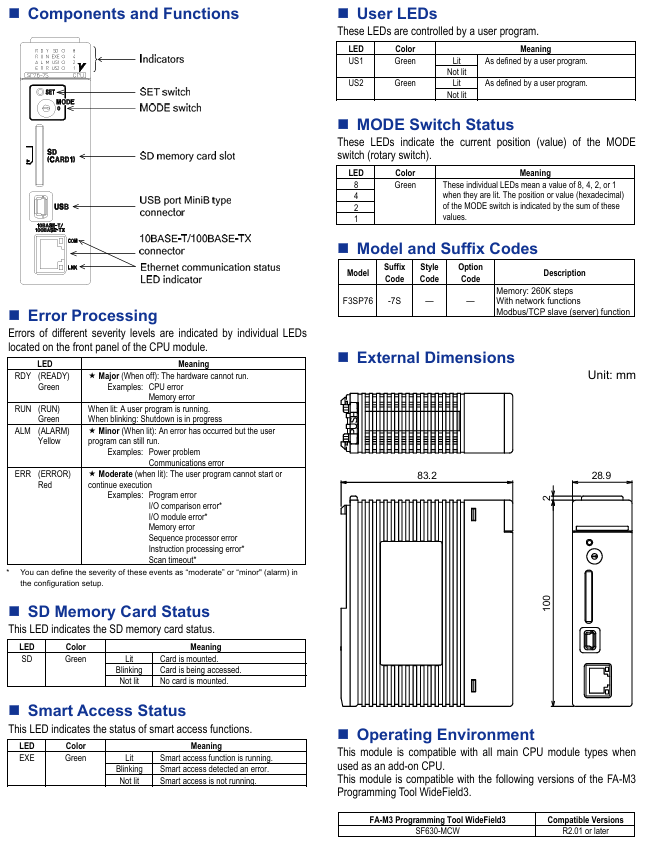
- EMERSON
- Honeywell
- CTI
- Rolls-Royce
- General Electric
- Woodward
- Yaskawa
- xYCOM
- Motorola
- Siemens
- Rockwell
- ABB
- B&R
- HIMA
- Construction site
- electricity
- Automobile market
- PLC
- DCS
- Motor drivers
- VSD
- Implications
- cement
- CO2
- CEM
- methane
- Artificial intelligence
- Titanic
- Solar energy
- Hydrogen fuel cell
- Hydrogen and fuel cells
- Hydrogen and oxygen fuel cells
- tyre
- Chemical fiber
- dynamo
- corpuscle
- Pulp and paper
- printing
- fossil
- FANUC
- Food and beverage
- Life science
- Sewage treatment
- Personal care
- electricity
- boats
- infrastructure
- Automobile industry
- metallurgy
- Nuclear power generation
- Geothermal power generation
- Water and wastewater
- Infrastructure construction
- Mine hazard
- steel
- papermaking
- Natural gas industry
- Infrastructure construction
- Power and energy
- Rubber and plastic
- Renewable energy
- pharmacy
- mining
- Plastic industry
- Schneider
- Kongsberg
- NI
- Wind energy
- International petroleum
- International new energy network
- gas
- WATLOW
- ProSoft
- SEW
- wind
- ADVANCED
- Reliance
- YOKOGAWA
- TRICONEX
- FOXBORO
- METSO
- MAN
- Advantest
- ADVANCED
- ALSTOM
- Control Wave
- AB
- AMAT
- STUDER
- KONGSBERG
- MOTOROLA
- DANAHER MOTION
- Bently
- Galil
- EATON
- MOLEX
- Triconex
- DEIF
- B&W
- ZYGO
- Aerotech
- DANFOSS
- KOLLMORGEN
- Beijer
- Endress+Hauser
- MOOG
- KB
- Moxa
- Rexroth
- YAMAHA
- Johnson
- Westinghouse
- WAGO
- TOSHIBA
- TEKTRONIX


Email:wang@kongjiangauto.com

